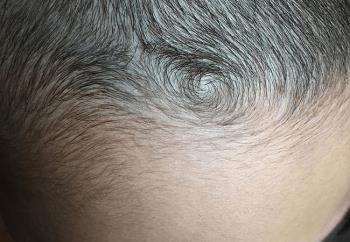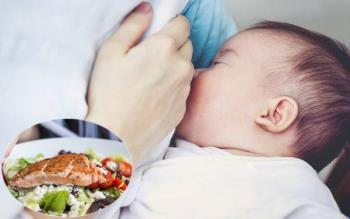Is the fetus lying on the left side of the womb in many places? What will each position mean and affect the labor process?
The fetus is located on the left side of the womb in the Anterior Left occipital position
Left occiput anterior (LOA) is a common location of the fetus during labor. In this position, the baby's head is slightly off the pelvis with the back of the head toward the mother's left thigh.
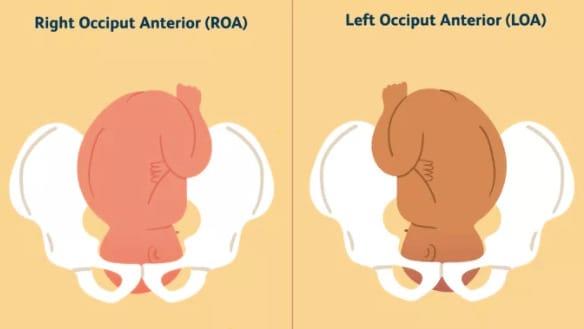
The right occiput anterior (ROA) is also a popular and favorable position during labor. toward the mother's right thigh.
In general, with these two postures, they cause less complications and pain during childbirth .
The left pelvic occipital is where the fetus is on the left side of the womb
When the baby is facing the mother's right thigh, the baby is positioned in the left occiput transverse (LOT) in English. If the baby was previously down, but with his face facing the mother's back, the position on the left side of the mother's womb, the position of the fetus on the left side of the mother's womb shows the tendency to move and face toward the womb.
If the baby is lying outward towards the mother's left thigh, the baby is in the horizontal right occipital position, left occiput transverse (LOT) in English. This posture will be the opposite of the one above.
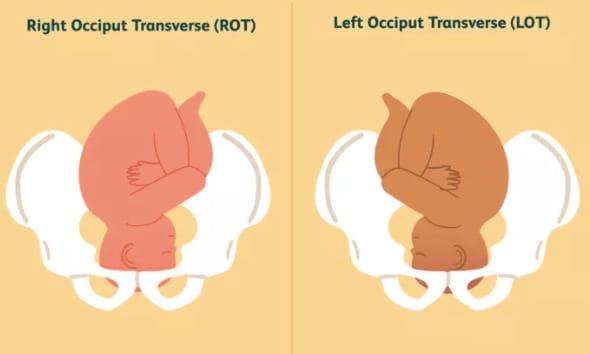
In general, when the baby is in a horizontal left / right occipital position during labor, it can lead to more pain in the pregnant woman and slower progression. To reduce discomfort for pregnant mothers, consult your doctor, nurse or midwife.
Lumbar occipital - fetal position on the left side of the womb facing forward
When lying head down and face forward, the baby is in the occipital position. If the baby is facing forward and slightly left (looking towards the mother's right thigh) it is posterior left occiput posterior (LOP). This can lead to more back pain and slower labor.
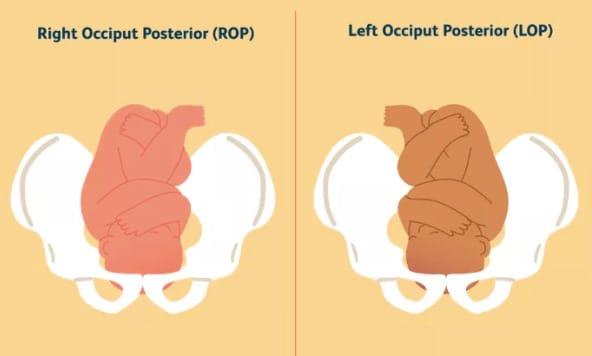
In the posterior right occiput position, the English name is right occiput posterior (ROP), the baby is facing forward and slightly to the right (looking towards the mother's left thigh). This pose can also slow labor and cause more pain.
Tips to reduce discomfort for pregnant mothers
Soak in a bath or shower
Use a cold compress
Massage
Move (wiggle a little, sit on a ball)
Wear warm socks
How the doctor determines the baby's location
The Leopold procedure will help the doctor or midwife locate the fetus. During the third trimester , the assessment will be done at most prenatal visits. Knowing the baby's position before the start of labor can help pregnant mothers prepare mentally and physically for labor and delivery. 4 Leopold tips include:
Tip one
Use your fingertips to gently manipulate the base of the uterus to determine which pole of the fetus (head or buttocks) is at the base of the uterus.
The second tip
Use both palms to gently but deepen the abdomen to determine which side is the back and which side is the fetal limb.

Tip third
The examiner used the thumb and fingers of the right hand to manipulate the lower abdomen just above the woman's guard to confirm the pregnancy.
Tip four
The examiner turns his face to look at the woman's legs. Use your fingertips to press deeply on the scapula in the direction of the upper waist.
If it is the first person, one hand will be blocked by a circular tumor (head hump), while the other hand is deeper down.
The lower the head is in the subframe, the more difficult it is to feel the head. When the head is not yet reached, the hands tend to focus on each other.
When the head is reached, the hands are facing out (because the crown cannot be held deep in the subframe).
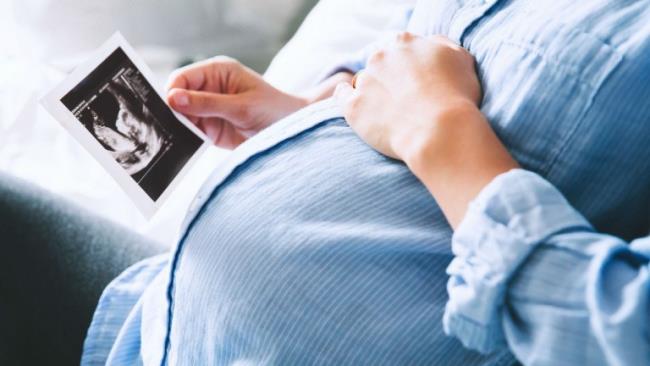
Pregnant mothers should not be too worried because specialist nurses and doctors will be able to more accurately sense the baby's position by examining the vagina. When the cervix is fully dilated, the doctor will insert the fingers into the vagina and feel the baby's skull as it moves down into the birth canal. It is important that mom always try to be calm, take a deep breath and be as comfortable as possible.
See more:
Is the pregnant mother on the left side a boy or a baby ?
6 reasons the fetus does not turn the correct position
Fetal position in the womb and effects on the birth















